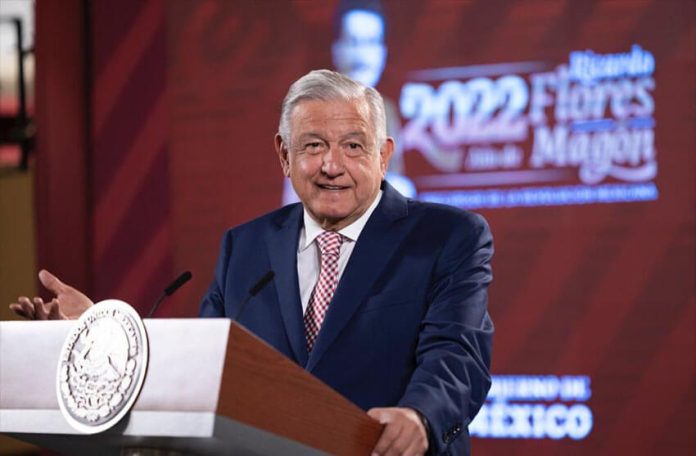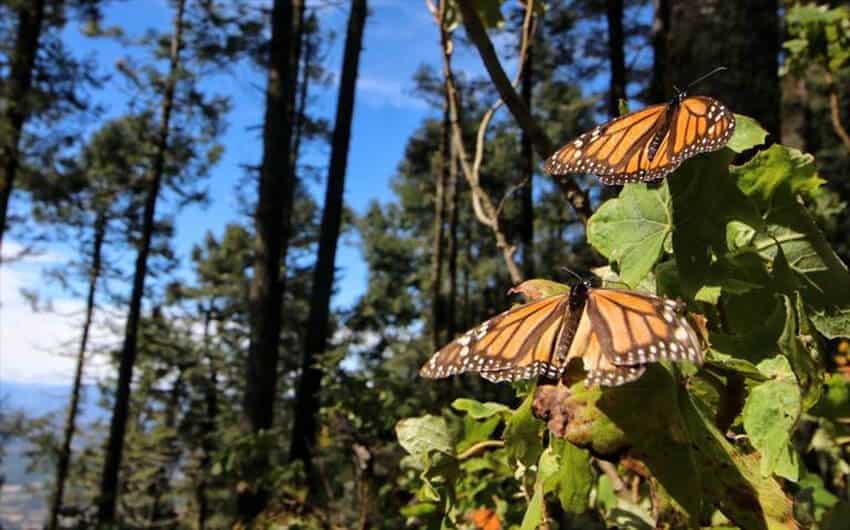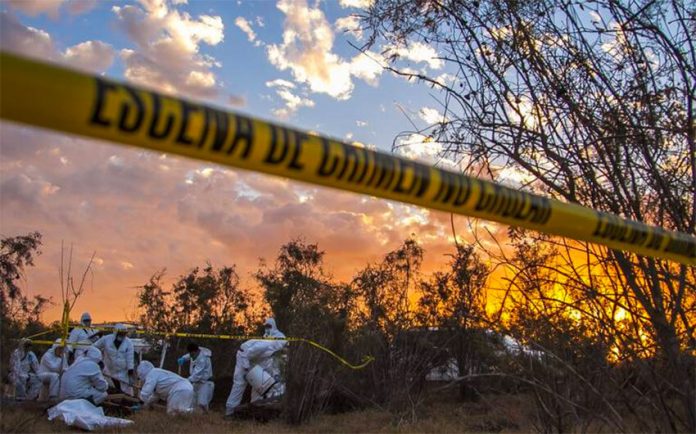We’re moving next week!
I know that most people hate moving. I, however, in a likely very annoying way, am energized by it: there’s just nothing like a fresh start.
The first part – purging my current space of all the things I no longer want or need – is my favorite. It gives both me and my space such a shift in energy that as far as I’m concerned, it’s witchcraft (that works).
The first couple of days after we get the keys to the new place, we’ll take everything we can over in a car. Then later, we’ll have a moving truck transport all the big stuff.
The actual, physical moving is, to me, the easy part.
The part that comes before that though is a doozy. Finding a place to rent is an adventure in and of itself (more on that below), as is deciphering rental contracts and figuring out what needs to happen in order to leave one’s current place. Making sure I was doing everything the way it was supposed to be done was my main concern.
Unfortunately, being an anxious and meticulous goody-goody is very much at odds with the confusion surrounding rental properties in cities like mine, which are not used to dealing with foreigners and their cultural assumptions around the topic.
Because of that, I think a simple article on what to expect paperwork-wise during a move within Mexico would be timely. Here’s what to look out for.
Searching for a new place
If you’re not in a huge hurry to move out of your current place, this part can be quite an exciting adventure!
Mexico does not have a central listing of properties for rent or sale, so the landscape is wide and a bit chaotic. To find something, then, you’ll just have to do some leg work. Facebook Marketplace can be a good starting point, as can Vivanuncios (which is where I found my current house). Properties are rented by either their owners or through real estate agencies, all of whom may or may not have photos to look at online.
You’re also likely to find many places for rent or sale simply by walking around areas that you like! If you see a “For Sale” sign on a place you’d like to rent, go ahead and give them a call: many owners are willing to rent in the meantime rather than simply letting their homes sit on the market making no money, so it can’t hurt to try your luck.
Just remember: if a place is technically for sale, you’ll of course have to move if it sells, which is always a risk. If you have a contract (which are almost always made for a year) then it should be respected until the year is up, but if you’re renting “informally,” which I don’t recommend, then you’ve definitely got less protection. Make sure to clarify whatever you decide on with the owner so that you don’t suddenly find yourself needing a new place within two weeks!
Contracts: lots of bark, unknown bite
The law in Mexico when it comes to property is … complicated. And because the rule of law is one of the country’s weakest institutions in general, it’s honestly a wonder to me that anyone is willing to take the risk of renting at all.
The short explanation is that squatters (or overstayers who simply quit paying rent) have rights, and quite a lot of them. I’ve heard many stories of unprotected (but owned) property being built on and lived in by others, with this result: the law tends to side with those who are physically using the space whether it belongs to them on paper or not.
A lot goes into these (quite long) contracts, but the gist of it is that you agree to pay rent on time every month and to evacuate the property if you don’t. Late payments incur fees, and you have to take care of the property and not make any major changes to it. All this is fairly common in any rental contract, but there are a few other things that go into it as well.
First, you’ll likely need an aval, which is a co-signer. This will sometimes be waved, especially for foreigners who have a reputation for obeying laws, if you pay several months’ rent in advance and sometimes even if you can simply prove steady and high income; basically, they just want to increase the odds as much as possible that they’ll get paid. At least in my city, the aval must be a property owner with property in the same city. Not only do they need to own property, but they need to fully own their property and be up to date on all of their taxes with extensive paperwork to prove it. If they’re still paying for it, then their property couldn’t be seized in the event that the renter didn’t pay or refused to leave because the bank that made the loan would have first dibs. You and your aval will then both need to sign …
Pagarés. This literally means “I will pay,” and many places have you sign 12 of them, one for each month of your contract, to be returned to you each month.
Sometimes there’s a specific item in the contract outlining fees and fines for ending the contract before the year is up. Check for those! I was very nervous about my current contract, as, after looking closely, I discovered that I’d agreed to pay essentially two extra months of rent as a penalty for moving before the year was up. Luckily it wasn’t even mentioned, and I’ve come to understand that for the most part, those are simply there to prevent bad actors.
Out of the old, into the new
Once the contract is signed and the first month’s rent and deposit (which you will very likely not get back) are paid, the place is yours! While you can’t make any major changes (see above), most places are happy to let you paint, install shelving, etc. One thing I really appreciate about renting here is that there are so many ways to really make it your own. It should be passed on to you with all previous bills having been paid (they’ll have the owner’s name on the bills, not yours). Just make sure that’s actually the case.
Beyond those bills, most owners will keep a fairly hands-off attitude toward the house, though they may ask if they can show the house to someone once in a while if it happens to be for sale (something that I do not love). Renters are typically responsible for minor repairs and upkeep of the property, though the owners should step in for anything major like structural damage or the water heater ceasing to work.
And don’t forget about the place you lived before: you’ll need to fix it up a bit!
While the outside parts of the property are not typically the renter’s responsibility beyond regular upkeep and you having not obviously destroyed anything, the inside will likely need some paint touch-ups, some cleaning, and to have any holes from nails filled in. I seem to have gotten lucky: the real estate agency likes the way I’ve painted, so hopefully the next person to rent will be happy with those colors and I won’t have to leave it completely white again like I would in most places (y’all keep your fingers crossed for me!).
If you’ve been a good steward of the property, have always paid on time, and have made a good effort to communicate early and clearly, even the most buttoned-up agents will usually be willing to work with you to make the transition as smooth as possible.
And if you’re like me and like to put out every possible problem that might come up along the way for discussion: just don’t. Keep them in your back pocket in case any issues come up.
Sarah DeVries is a writer and translator based in Xalapa, Veracruz. She can be reached through her website, sdevrieswritingandtranslating.com and her Patreon page.


















